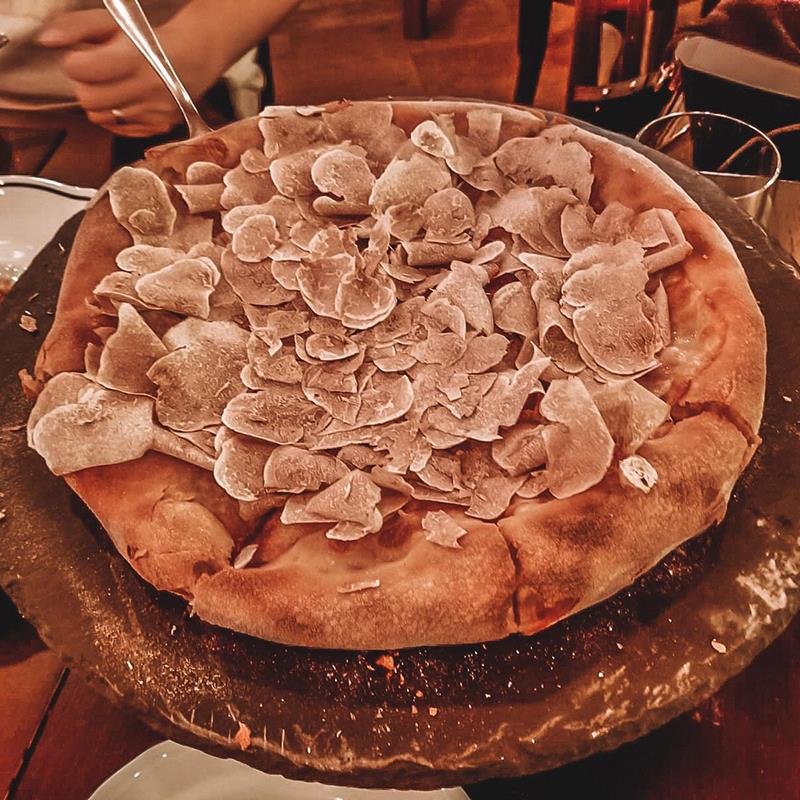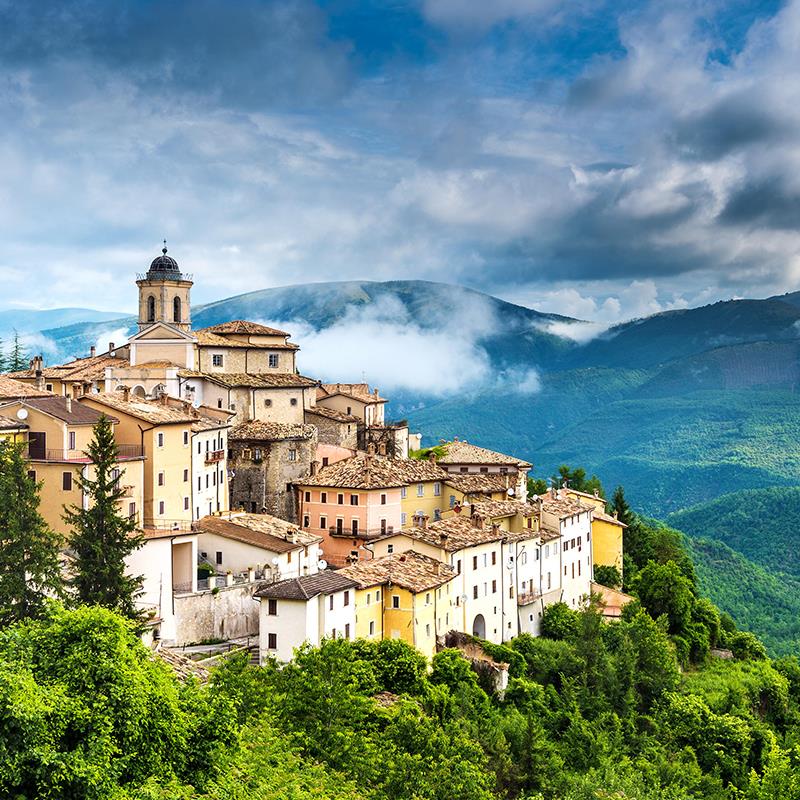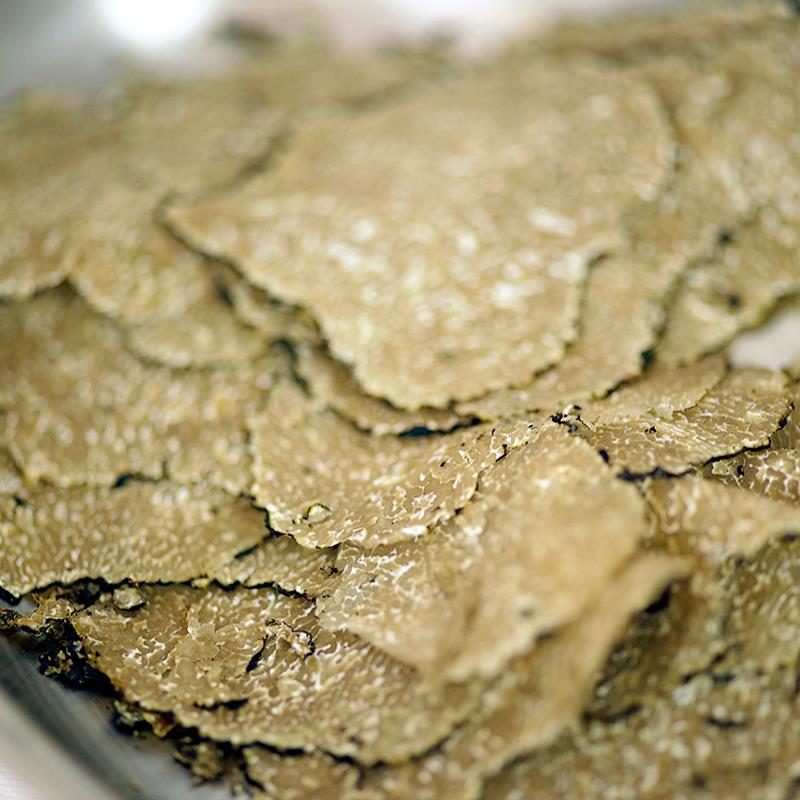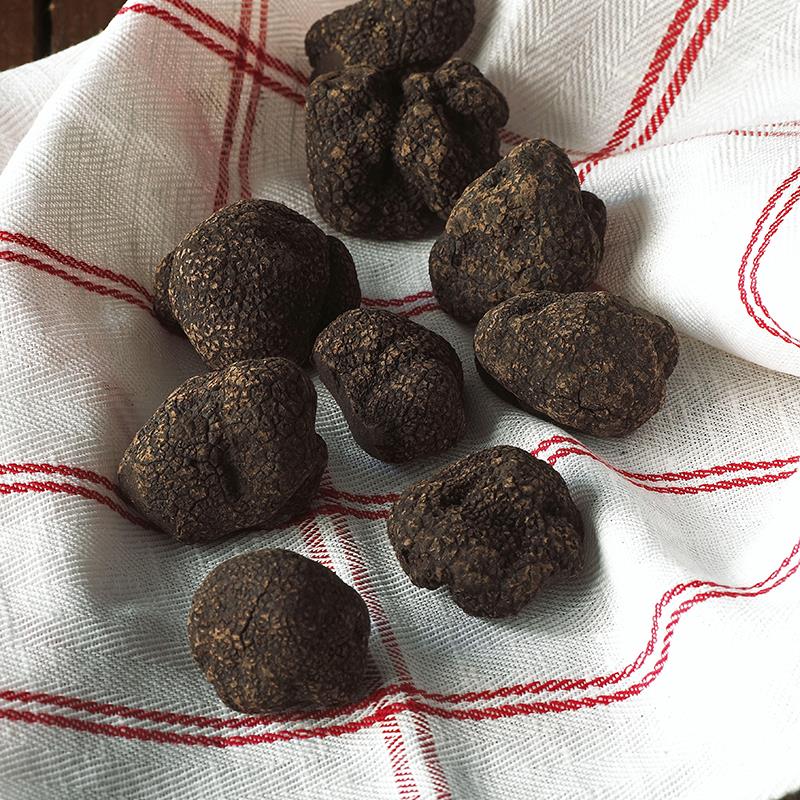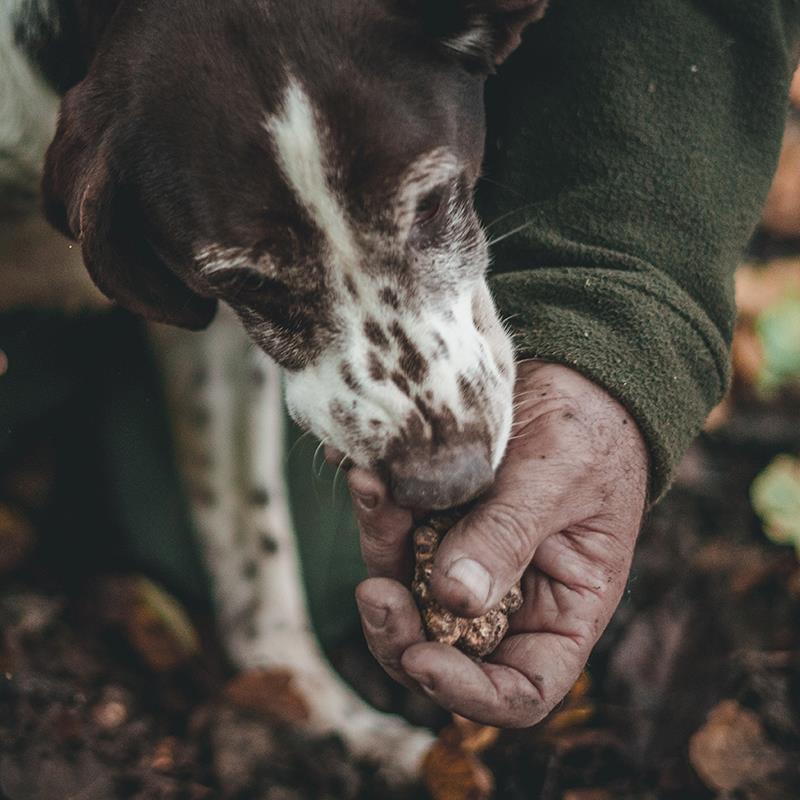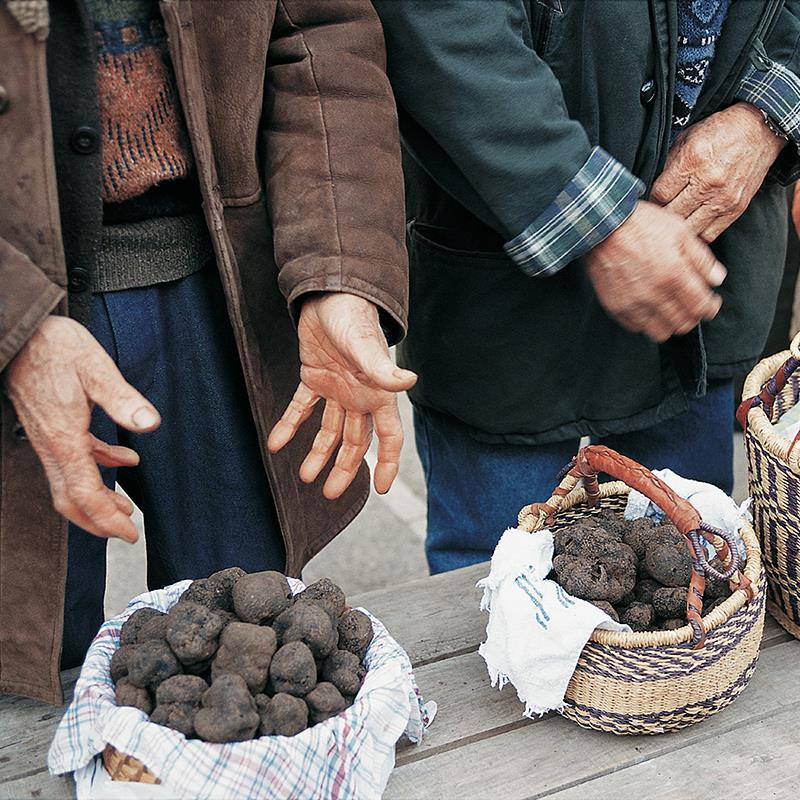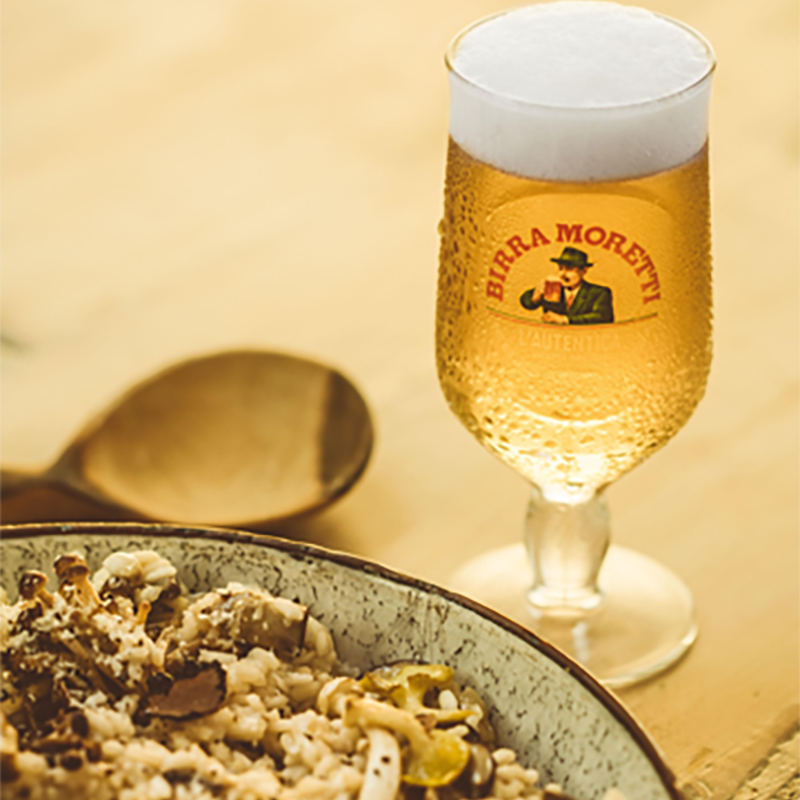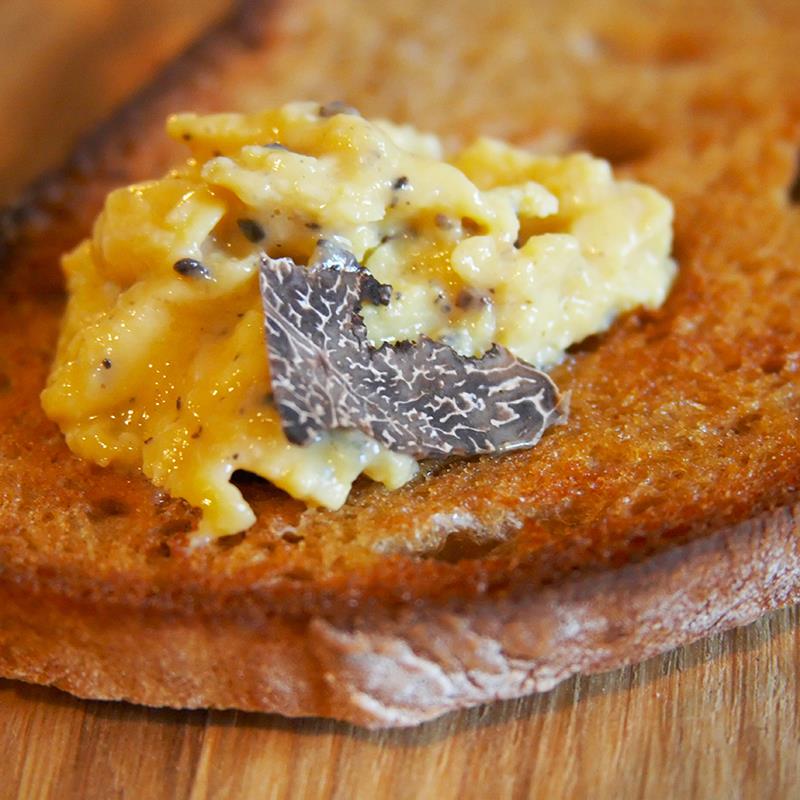Change market
![Bulgaria Flag]() Bulgaria
Bulgaria
![Switzerland Flag]() Switzerland
Switzerland
![Deutschland Flag]() Deutschland
Deutschland
![United Kingdom Flag]() United Kingdom
United Kingdom
![Ireland Flag]() Ireland
Ireland
![Italy Flag]() Italy
Italy
![Japan Flag]() Japan
Japan
![Nederland Flag]() Nederland
Nederland
![România Flag]() România
România
![Serbia Flag]() Serbia
Serbia
![United States Flag]() United States
United States
Change language
English

